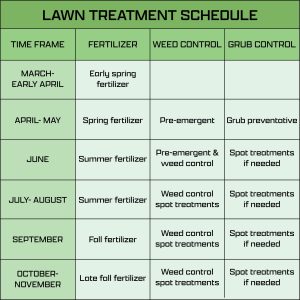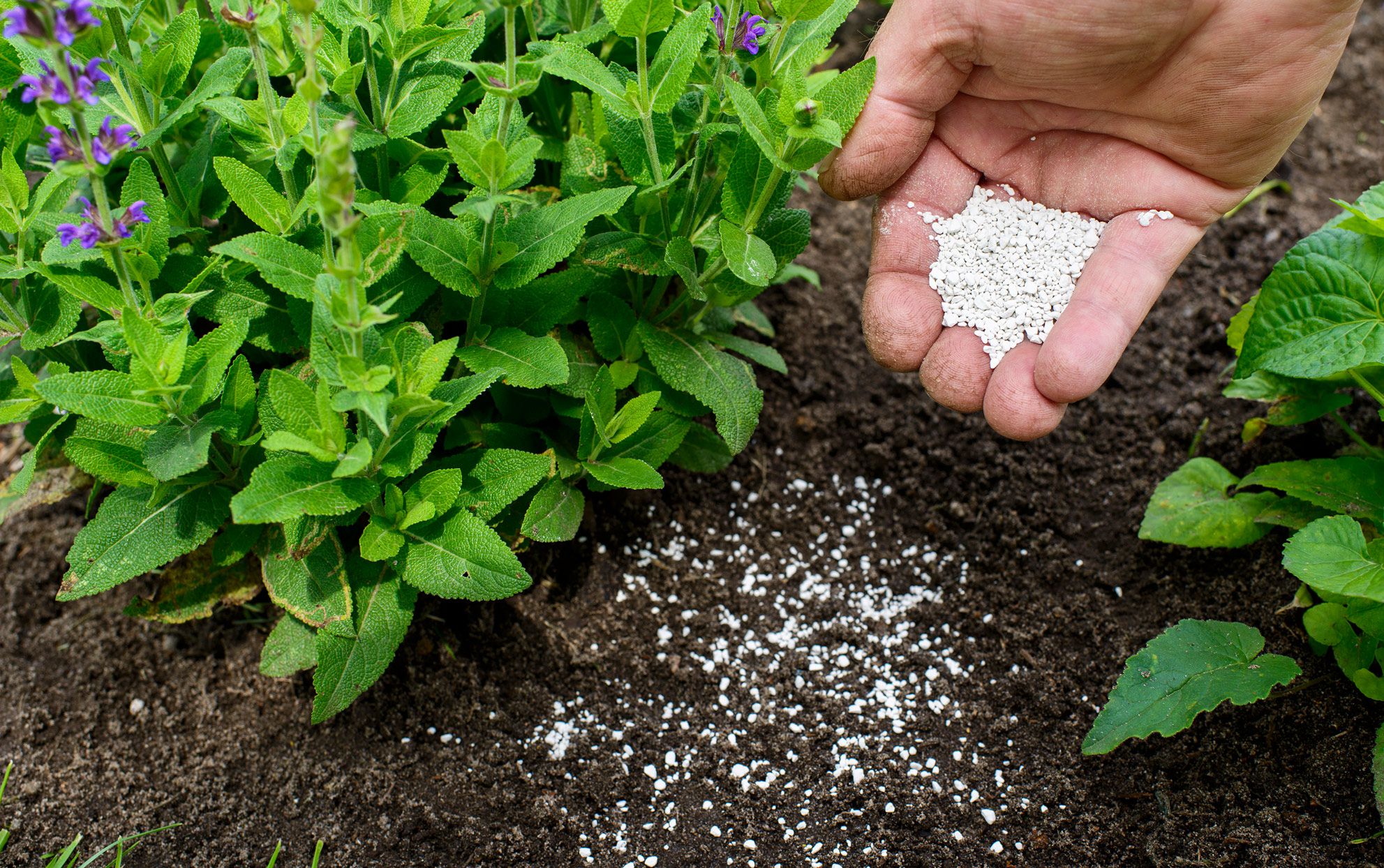A thriving, lush garden doesn’t happen by accident. It requires careful planning, attention, and — most importantly — the right fertilizing schedule. Fertilizing provides essential nutrients that help plants grow strong, resist pests, and produce abundant flowers, fruits, or vegetables. But when and how you fertilize can make all the difference between a garden that flourishes and one that struggles. Let’s walk through the best fertilizing schedule for your garden to help you maximize growth and beauty all year long.
Why a Fertilizing Schedule Matters
Plants need three primary nutrients: nitrogen (N), phosphorus (P), and potassium (K), often referred to as N-P-K. Each plays a vital role:
-
Nitrogen promotes leafy, green growth.
-
Phosphorus supports root development and blooming.
-
Potassium strengthens plants against disease and aids in overall function.
While soil naturally contains some nutrients, they can quickly become depleted. An organized fertilizing schedule ensures that your plants get the right nutrients at the right time, preventing deficiencies and encouraging optimal health.
Early Spring: Preparing the Soil
Timing: As soon as the ground thaws and the danger of frost passes.
Fertilizer Type: Use a balanced, slow-release fertilizer (e.g., 10-10-10) or enrich the soil organically with compost or well-rotted manure.
Why: Early spring is when plants emerge from dormancy and start growing actively. Fertilizing at this stage supports healthy new growth.
Tips:
-
Apply fertilizer around the base of plants, not directly on stems.
-
Water the garden after fertilizing to help nutrients seep into the soil.
Mid to Late Spring: Boosting Growth
Timing: About 6 to 8 weeks after your initial spring application.
Fertilizer Type: Tailor your fertilizer based on plant types. Use high-nitrogen formulas for leafy vegetables and lawns. For flowering plants, use a fertilizer higher in phosphorus.
Why: This second feeding replenishes nutrients that fast-growing plants quickly consume, supporting further expansion and flowering.
Tips:
-
Side-dress heavy feeders (like tomatoes and corn) by sprinkling fertilizer along the sides of the rows.
-
Avoid over-fertilizing, which can lead to excessive leaf growth at the expense of flowers or fruits.
Summer: Maintaining Momentum
Timing: Every 4 to 6 weeks during active growing season.
Fertilizer Type: Use a water-soluble fertilizer for quick absorption or continue using a slow-release formula if already applied.
Why: Summer growth demands a lot of energy. Regular, light fertilization maintains vigorous blooms, fruit production, and green foliage.
Tips:
-
In hot climates, fertilize early in the morning or late evening to avoid stressing the plants.
-
Pay special attention to container gardens, as nutrients leach out of pots faster than from the ground.
Late Summer to Early Fall: Preparing for Dormancy
Timing: As summer heat wanes but before temperatures drop too low (about 6 weeks before the first expected frost).
Fertilizer Type: Use a low-nitrogen, high-potassium fertilizer to help plants harden off and prepare for winter.
Why: Encouraging strong root systems and disease resistance at this stage helps perennials, trees, and shrubs survive the winter.
Tips:
-
Avoid high-nitrogen fertilizers late in the season, which can stimulate new, tender growth vulnerable to frost.
-
Mulch around plants after fertilizing to lock in moisture and protect roots.
Winter: Rest Period
Timing: Generally no fertilization needed.
Why: During winter, most plants are dormant and cannot take up nutrients. Fertilizing now can waste product and potentially harm root systems.
Tips:
-
Instead, focus on adding organic matter like compost or leaf mold to your beds. This enriches the soil structure for the next growing season.
-
If you’re growing winter crops (like kale or garlic), a very light organic feeding mid-winter may be helpful.
Special Notes for Specific Plants
-
Lawns: Fertilize 2–4 times per year, depending on grass type.
-
Vegetable Gardens: Tend to need more frequent feedings — about once a month during peak season.
-
Flower Beds: Feed at the start of blooming, then every 6 weeks.
-
Trees and Shrubs: Typically fertilized once in early spring and again in mid-fall.
Signs You May Be Over or Under Fertilizing
-
Over-fertilization: Yellowing leaves, excessive leaf growth with little flowering, or burnt leaf edges.
-
Under-fertilization: Pale leaves, stunted growth, poor flowering, or weak stems.
Observing your plants closely is key. Adjust your fertilizing schedule based on how your garden responds.
